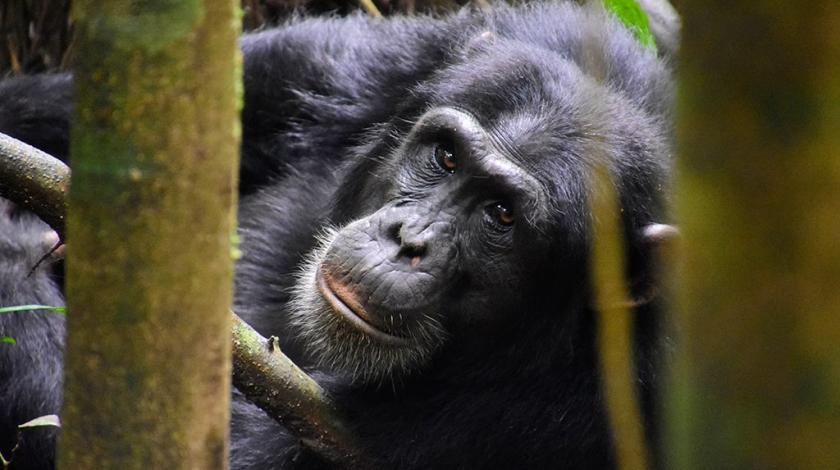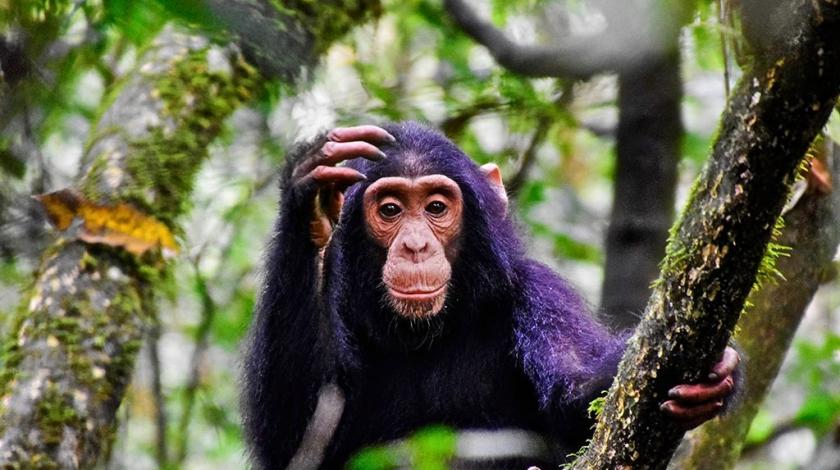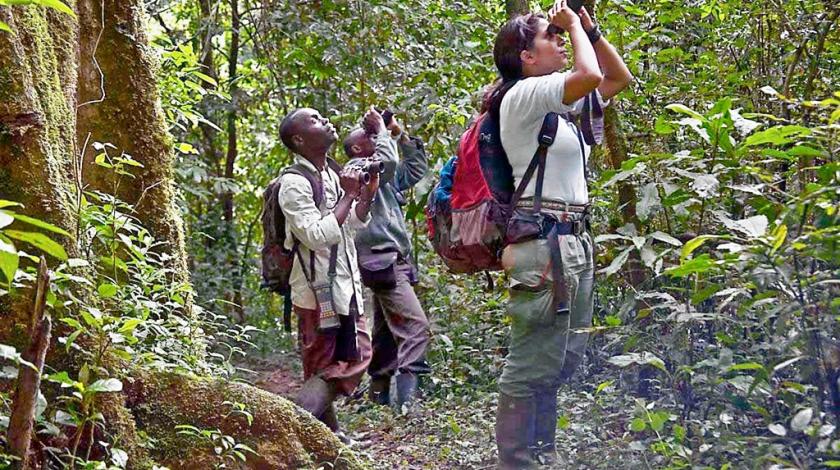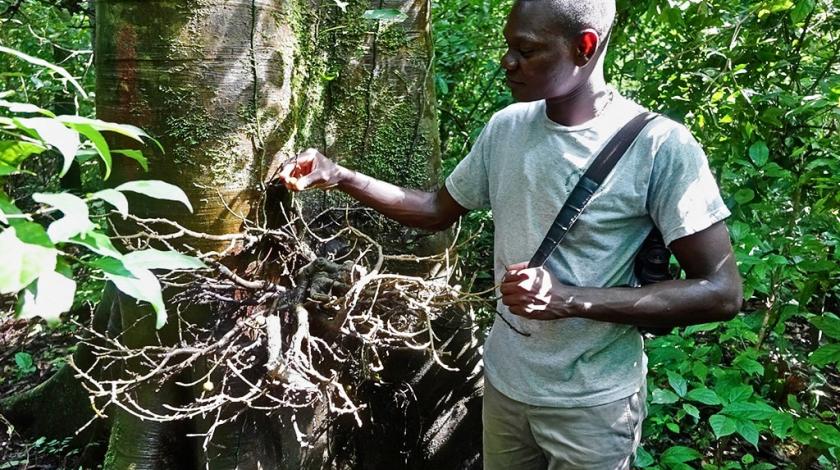BOOK WITH A $500 DEPOSIT
Investigating Threats to Chimps in Uganda

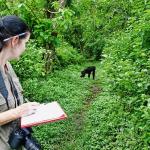

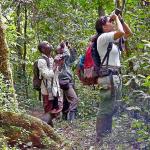
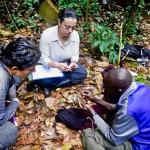

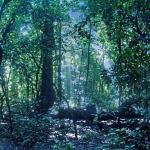
As food supplies in the forest decline, chimps in the Budongo Forest are raiding farmers’ crops. What is causing the decline in food? How can the area support both farmers and primate foragers?
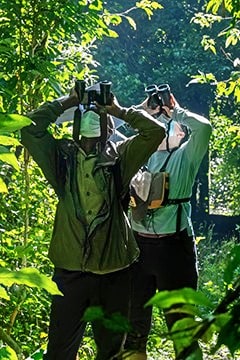 In the Budongo Forest Reserve in Uganda, fruit production by forest trees is mysteriously declining. As a result, chimps and other primates are raiding local subsistence farms. Dr. Fred Babweteera of the Royal Zoological Society of Scotland, along with graduate students from Makerere University, Kampala, is studying the foraging habits of primates and the fruiting cycles of fruit trees with the goal of developing new approaches to sharing resources between people and primates—and they need your help.
In the Budongo Forest Reserve in Uganda, fruit production by forest trees is mysteriously declining. As a result, chimps and other primates are raiding local subsistence farms. Dr. Fred Babweteera of the Royal Zoological Society of Scotland, along with graduate students from Makerere University, Kampala, is studying the foraging habits of primates and the fruiting cycles of fruit trees with the goal of developing new approaches to sharing resources between people and primates—and they need your help.
On this expedition, you’ll have a unique opportunity to meet our closest relatives in their natural habitat. About 700 chimpanzees live in the Budongo Forest Reserve, the largest remaining tropical rainforest in East Africa. In addition, there are four other major primate species in the Budongo Forest. You’ll team up with field assistants at the Budongo Conservation Field Station to observe chimps and other primates as they forage for food in the morning and late afternoon. You’ll learn to identify local trees, work alongside researchers to monitor trees, and assess the phenology (timing) of their flowering and fruiting. You’ll also help assess how changes in food availability affect local bird populations by setting up mist nets and assisting in banding forest birds. Back at the research camp, you’ll help write up the data, relax, enjoy sports with reserve staff members, or walk the “Royal Mile” to take in the natural beauty of the rainforest.
A Typical Itinerary
- Day 1: Rendezvous in Entebbe, drive to Budongo Conservation Field Station
- Days 2–3*: Educational lectures, trainings, and demos; COVID rapid test
- Days 4–5*: Birding and phenology fieldwork; educational lectures; COVID PCR test at local facility
- Days 6–7: Chimpanzee foraging fieldwork
- Days 8–9: Recreational days
- Day 10: Monkey foraging fieldwork; conservation activities
- Day 11: Snare patrol; debrief
- Day 12: Return to Entebbe, departure
*The first five days of all teams include an isolation period and mandatory COVID-19 testing to help reduce the risk of COVID-19 transmission among the primate population.
.
HOW YOU WILL HELP
.

FOLLOW FORAGING PRIMATES
Track primates (chimpanzees, blue monkeys, red-tailed monkeys, and/or colobus monkeys) as they look for food. You'll record feeding time, where they go, and what fruits they eat.
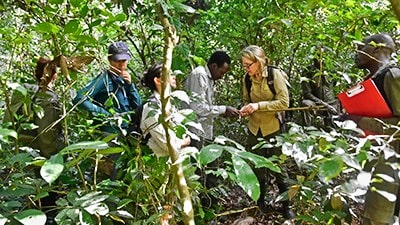
HIKE TO RECORD VEGETATION
Help scientists understand why many tree species are no longer bearing fruit by recording which trees have fruit and monitoring rainfall and temperature patterns throughout the forest.
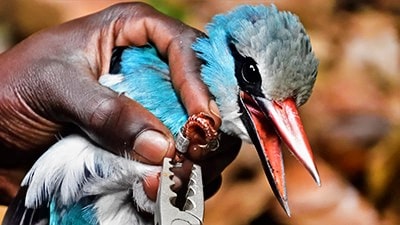
MONITOR BIRD POPULATIONS
You'll also assess how the decline in fruit affects frugivorous (fruit-eating) bird populations by setting up mist nets and assisting in banding these vital seed dispersers. You may have the opportunity to speak with people who live near the reserve to find out when and how often primates raid their crops so that researchers can correlate raids with the timing of fruit growth in the forest.
.
Field conditions and research needs can lead to changes in the itinerary and activities. We appreciate your cooperation and understanding.
.
.
FEEDBACK & QUESTIONS
.
9 Reviews on this Expedition
GET EARTHWATCH NEWSLETTER
Bi-weekly announcements, new expeditions, and updates on our impact around the globe.
.
.
.
